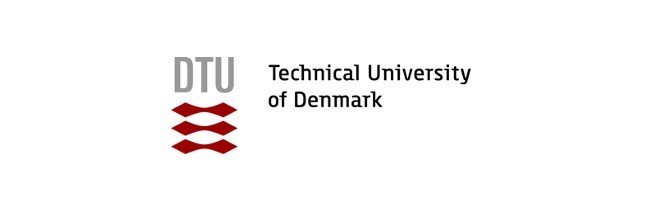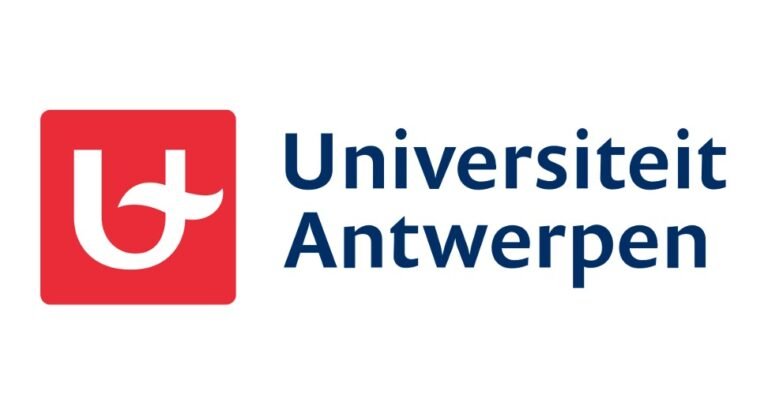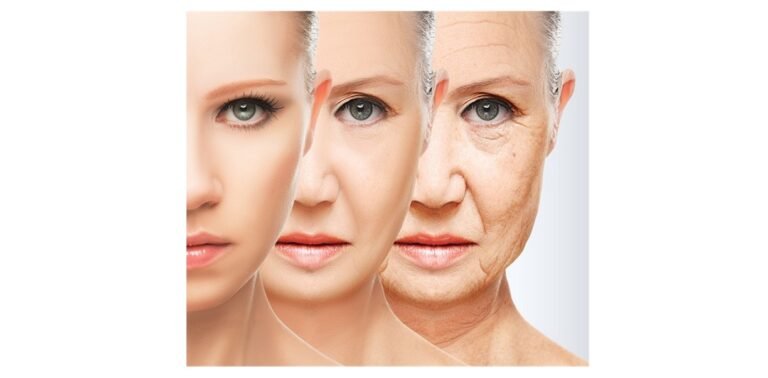Job Description
We are seeking a highly motivated and innovative postdoctoral researcher with a strong background in computer science and a keen interest in the application of AI in medical imaging, specifically cardiac CT analysis. As a postdoctoral researcher, you will have the opportunity to work with a collaborative team of experts in both computer science and cardiology, contributing to cutting-edge developments in the application of AI in cardiac imaging.
The research group includes researchers from DTU Compute and at the Heart Centre at Rigshospitalet. From the computational side, our main research interests are 3D data representations (meshes, implicit descriptions and other descriptors), latent space manipulations (deep metric learning etc), geometric deep learning, multi-modal learning and deep reinforcement learning. From the clinical side, we aim at discovering new or unexplored image biomarkers that can add to the existing patient stratification for major cardiovascular diseases. In addition to our offices at DTU Compute, we have an office and access to GPU computers at the hospital where we can work on the large databases of CT scans they have there.
The postdoc position is a part of a project funded by Novo Nordisk A/S and will involve collaboration and dissemination of your work to representatives from Novo Nordisk A/S.
Responsibilities and qualifications
Your overall focus will be to work in close collaboration with AI researchers at DTU Compute and medical professionals at Rigshospitalet. You will drive the research in exploring and using new AI driven methods for discovering weakly used or unknown image biomarkers for cardiovascular risk prediction. Your projects will have a special focus on atherosclerosis and the complications of the disease.
Your main responsibilities will be:
- Define and form your own research project within the scope of atherosclerosis
- Drive research within AI driven 3D medical image analysis
- Be a daily part of the scientific environment at DTU Compute and Rigshospitalet
- Write and publish scientific papers in both technical and clinical conferences and journals
We imagine that you have:
- Strong background in medical image analysis, deep learning and machine learning
- Strong Python programming experience and expert user of pytorch and ITK/VTK for 3D image analysis
- Strong statistical background
- Have the proven ability to cooperate in interdisciplinary environments, preferably with clinical partners
- Excellent English writing skills
As a formal qualification, you must hold a PhD degree (or equivalent).
We offer
DTU is a leading technical university globally recognized for the excellence of its research, education, innovation and scientific advice. We offer a rewarding and challenging job in an international environment. We strive for academic excellence in an environment characterized by collegial respect and academic freedom tempered by responsibility.
Salary and terms of employment
The appointment will be based on the collective agreement with the Danish Confederation of Professional Associations. The allowance will be agreed upon with the relevant union.
The period of employment is 3 years. The starting date is in spring 2025 after mutual agreement. The position is a full-time position.
You can read more about career paths at DTU here.
Further information
Further information may be obtained from Professor Rasmus R. Paulsen (rapa@dtu.dk)
https://people.compute.dtu.dk/rapa/
You can read more about DTU Compute at https://www.compute.dtu.dk/ and the section for visual computing here: https://www.compute.dtu.dk/sections/viscom
If you are applying from abroad, you may find useful information on working in Denmark and at DTU at DTU – Moving to Denmark.
Application procedure
Your complete online application must be submitted no later than 14 February 2025 (23:59 Danish Time).
Applications must be submitted as one PDF file containing all materials to be given consideration. To apply, please open the link “Apply now”, fill out the online application form, and attach all your materials in English in one PDF file. The file must include:
- Application (cover letter)
- CV
- Academic Diplomas (MSc/PhD – in English)
- List of publications
- Link to GitHub repository
Applications received after the deadline will not be considered.
All interested candidates irrespective of age, gender, disability, race, religion or ethnic background are encouraged to apply. As DTU works with research in critical technology, which is subject to special rules for security and export control, open-source background checks may be conducted on qualified candidates for the position.
DTU Compute
The Department of Applied Mathematics and Computer Science (DTU Compute) is one of the 20 departments at DTU and employs approximately 400 people in total. The study will take place in the Section for Visual Computing, one of the 11 research sections at DTU Compute. The section for Visual Computing employs 12 permanent faculty members and a total number of employees around 60 including PhDs and postdocs. Research in the section concerns image analysis and computer graphics applied to different areas including computer vision, medicine, materials science, and manufacturing.
Medical image analysis is a core focus area for the group and central to teaching, project collaboration with external partners, and research.
Technology for people
DTU develops technology for people. With our international elite research and study programmes, we are helping to create a better world and to solve the global challenges formulated in the UN’s 17 Sustainable Development Goals. Hans Christian Ørsted founded DTU in 1829 with a clear mission to develop and create value using science and engineering to benefit society. That mission lives on today. DTU has 13,500 students and 6,000 employees. We work in an international atmosphere and have an inclusive, evolving, and informal working environment. DTU has campuses in all parts of Denmark and in Greenland, and we collaborate with the best universities around the world.





